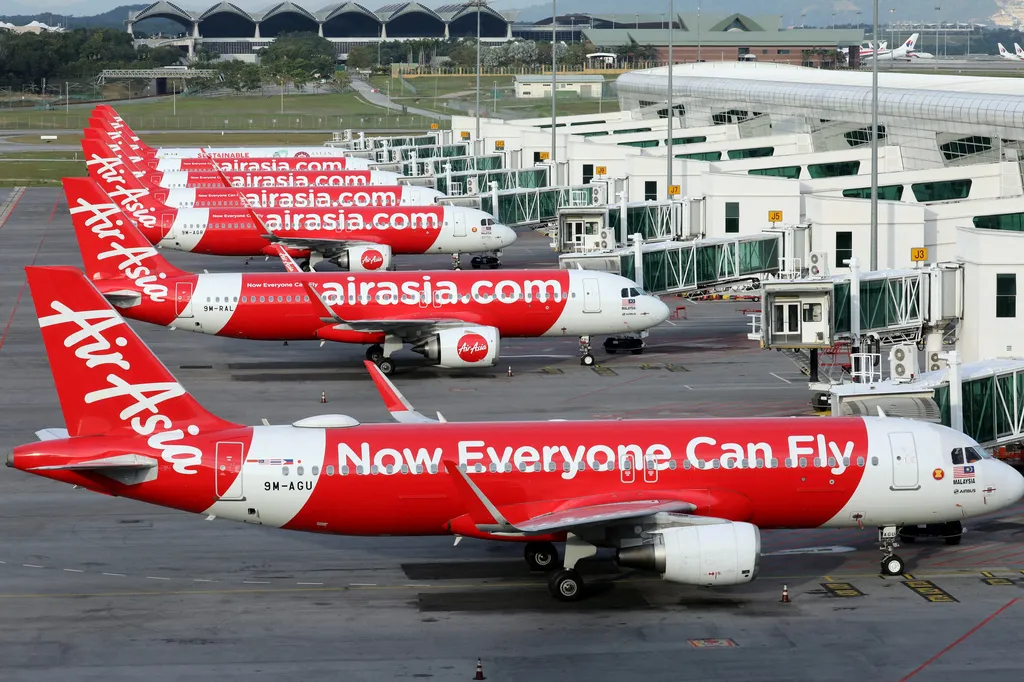In the tumultuous seas of the COVID-19 pandemic, airlines have been navigating rough waters, and low-cost carriers like AirAsia are no exception. A recent study, published in the Communication and Information Technologies (CommIT) Journal, has shed light on how AirAsia’s passengers have been feeling about their experiences during this challenging time. The research, led by Lee Jie Yu from Universiti Sains Malaysia, delves into the world of online customer reviews to understand passenger satisfaction and identify key areas of concern and praise.
The study analyzed 796 online customer reviews from Skytrax, a well-known platform for airline reviews. Using text mining techniques, including topic modeling and sentiment analysis, the researchers uncovered valuable insights into passenger experiences. The sentiment analysis revealed that approximately 59% of the reviews were positive, while 41% were negative, with only a handful being neutral. “The sentiment ratio indicates that the online review of AirAsia has a greater proportion of positive sentiments than negative sentiments,” noted Lee Jie Yu.
The topic modeling, which uses the Latent Dirichlet Allocation (LDA) model, identified several key topics that passengers frequently discussed. These included interior and seat comfort, baggage handling, online services, staff service, flight schedules, and refunds. “The topic modeling shows hidden topics with the top high-probability keywords concerned with interior and seat, baggage, online service, staff service, flight schedule, and refund,” explained Lee.
For the maritime sector, the findings of this study offer several commercial impacts and opportunities. As the airline industry begins to recover from the pandemic, understanding passenger sentiment and key areas of concern can help airlines tailor their services to better meet customer expectations. This, in turn, can lead to increased passenger satisfaction and loyalty, which are crucial for the long-term success of any airline.
Moreover, the use of text mining techniques like sentiment analysis and topic modeling can provide airlines with a more comprehensive and nuanced understanding of passenger experiences than traditional survey-based methods. This can help airlines make more informed decisions about service improvements and marketing strategies.
In the broader context of maritime transport, the lessons learned from this study can also be applied to other sectors within the industry. For example, cruise lines and ferry operators can use similar techniques to analyze customer reviews and identify areas for improvement. This can help enhance the overall passenger experience and drive customer loyalty, which is essential for the growth and sustainability of the maritime sector.
In conclusion, the study by Lee Jie Yu and his team provides valuable insights into passenger satisfaction and key areas of concern for AirAsia during the COVID-19 pandemic. The use of text mining techniques offers a more thorough alternative to traditional survey-based methods, providing airlines with a more comprehensive understanding of passenger experiences. For the maritime sector, the findings of this study offer valuable lessons and opportunities to enhance passenger satisfaction and drive long-term success.

